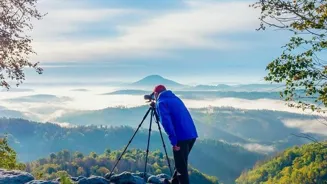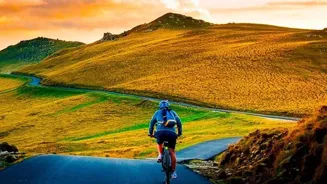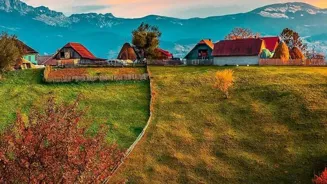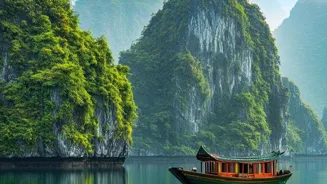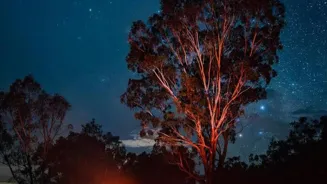Unlock the secrets of travel photography and elevate your adventures! Dive into tips & techniques to capture stunning memories
Travelling, for many Indians, is more than just ticking off destinations from
a bucket list; it's about experiencing the soul of a place, immersing oneself in different cultures, and creating memories that last a lifetime.
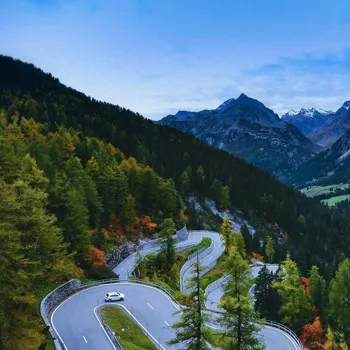
And what better way to preserve those precious memories than through the art of travel photography? Whether you are a seasoned traveller or planning your first trip, capturing stunning photographs can elevate your travel experiences and allow you to relive those moments for years to come.
But simply pointing and shooting isn't enough to create truly captivating images. It requires a keen eye, a bit of technical know-how, and a willingness to explore beyond the typical tourist spots.
This article will delve into the essential tips and techniques to help you master the art of travel photography and bring your travel stories to life.
Understanding camera settings is key to great travel photography
One of the most crucial elements of great travel photography is understanding your camera and its settings. Don't be intimidated by all the buttons and dials; start by familiarizing yourself with the basic functions like aperture, shutter speed, and ISO.
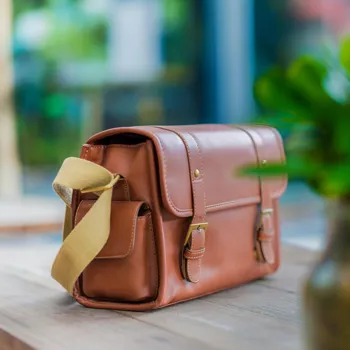
Aperture controls the depth of field, allowing you to create blurred backgrounds for portraits or sharp focus throughout landscapes. Shutter speed determines how long the camera sensor is exposed to light, enabling you to freeze motion or create motion blur.
ISO affects the camera's sensitivity to light, which is useful in low-light situations, but be mindful as higher ISO settings can introduce noise into your images. Experiment with these settings in different lighting conditions and compositions to understand how they affect your final photograph.
Once you understand these basics, you can move on to more advanced techniques like shooting in manual mode, which gives you complete control over your camera's settings.
Arranging elements using Rule of Thirds for impactful photos
Next comes the art of composition. How you arrange the elements within your frame can dramatically impact the overall impact of your photo. One of the most well-known rules of composition is the "Rule of Thirds".
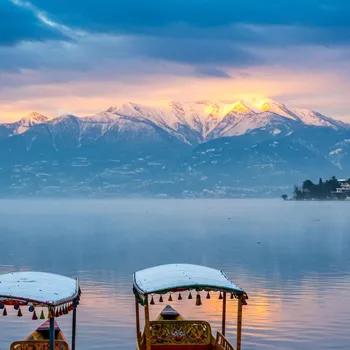
Imagine dividing your frame into nine equal parts with two horizontal and two vertical lines and place your subject along these lines or at the points where they intersect. This will create a more balanced and visually appealing image than simply placing your subject in the center of the frame.
Look for leading lines, like roads, rivers, or fences, to guide the viewer's eye through the scene. Pay attention to the foreground, middle ground, and background to create depth and add context to your photos. Consider incorporating elements of symmetry or asymmetry to create visual interest.
Photography relies on quality light for great images
Lighting is arguably the most important factor in photography. The quality of light can make or break your image. The "golden hours," the hour after sunrise and the hour before sunset, offer the most beautiful and flattering light, casting a warm glow over your subjects.
During these times, the sun is low in the sky, creating soft shadows and adding a magical touch to your photographs. Avoid shooting in direct sunlight, especially during midday, as it can create harsh shadows and wash out colors.
If you must shoot during midday, look for shade or use a diffuser to soften the light. Embrace the available light and learn to work with it to create stunning images, even in challenging lighting conditions.
If you find yourself shooting indoors or in low-light conditions, consider using a tripod to stabilize your camera and capture sharper images.
Capturing stories through authentic travel photography
Beyond the technical aspects, what truly separates a good travel photograph from a great one is the story it tells. Think about what you want to convey through your images.
Are you trying to capture the grandeur of a mountain range, the vibrancy of a bustling market, or the serenity of a quiet temple? Seek out unique perspectives and try to capture the essence of a place.
Don't just photograph the iconic landmarks; venture off the beaten path and look for hidden gems that reflect the local culture and character. Interact with the local people and ask permission before taking their photo.
Capture candid moments, smiles, laughter, and everyday scenes that tell a story about the lives of the people who call that place home. The more personal and authentic your photographs are, the more compelling they will be.
Respect local customs when traveling to enhance experience
A crucial aspect when you are on a journey, remember this is no longer your own personal space. So respect the local customs. Whether visiting a religious site, a small village, or a crowded marketplace, be mindful of the local customs and traditions.
Dress modestly when required, remove your shoes before entering temples or other sacred places, and avoid taking photographs in areas where it is prohibited. Be respectful of the people you encounter and avoid intruding on their privacy.
Learning a few basic phrases in the local language can go a long way in building rapport and showing respect. By being a responsible and respectful traveller, you not only enhance your own experience but also contribute to the preservation of the culture and environment you are visiting.
You must understand the legalities of the land and respect the country and laws or regulations.
Post-processing enhances images subtly for natural look
Finally, but not least, it is the skill of post-processing to enhance your images and bring out their full potential. And do not get confused, post-processing does not mean manipulating images and change the way the photos were or even lie about it.
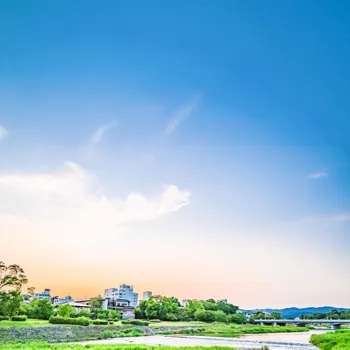
It is used subtly with enhancing brightness, contrast, sharpness, and color balance, and can make a world of difference.
There are many user-friendly software options available, such as Adobe Lightroom, Photoshop, or even free mobile apps like Snapseed, that allow you to make these adjustments easily. When editing your photos, aim for a natural look that accurately reflects the scene you captured.
Avoid over-processing your images, as it can make them look artificial and unnatural. Experiment with different editing techniques to find your preferred style and develop a consistent look for your travel photography.
AI Generated Content. Glance/InMobi shall have no liability for the content
